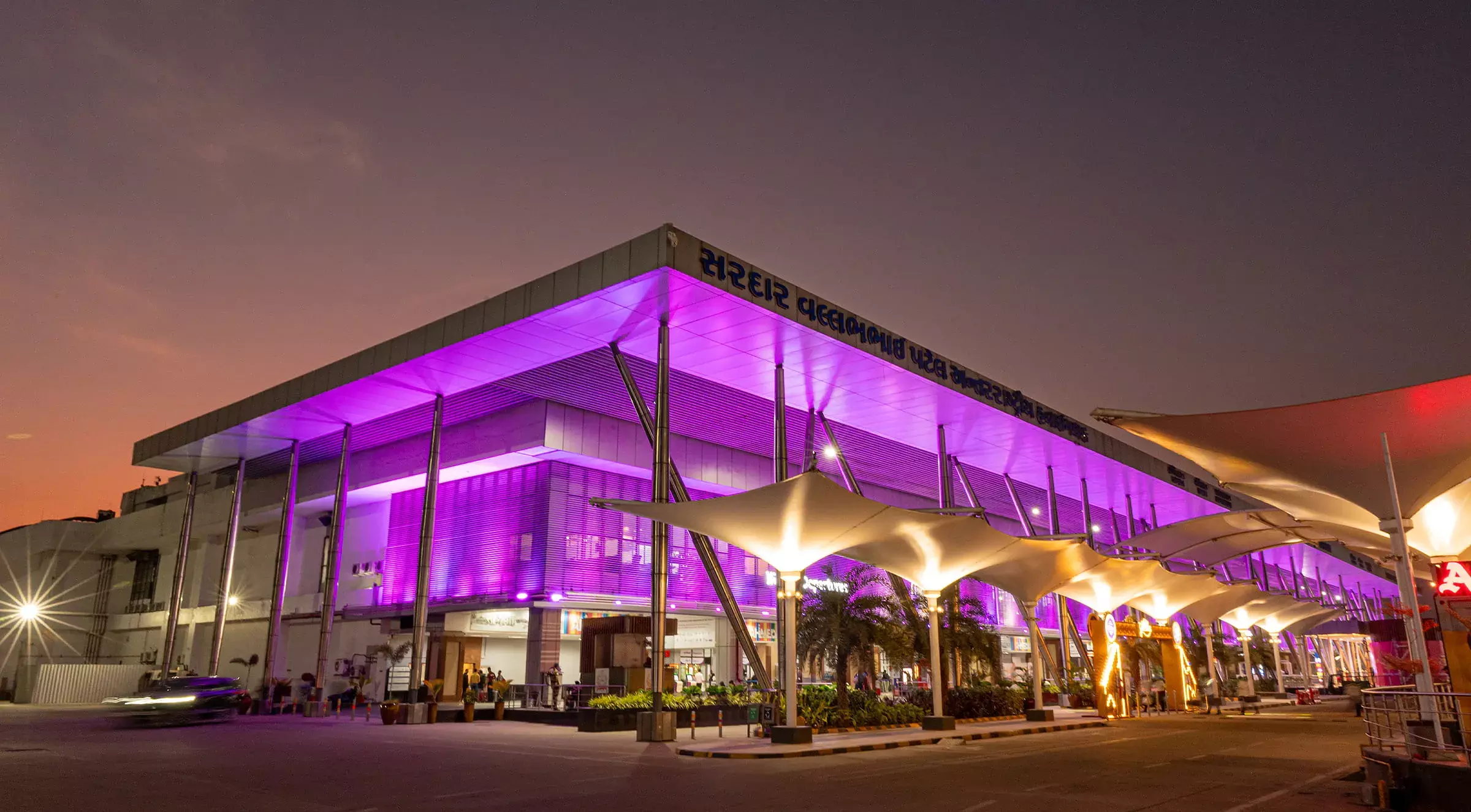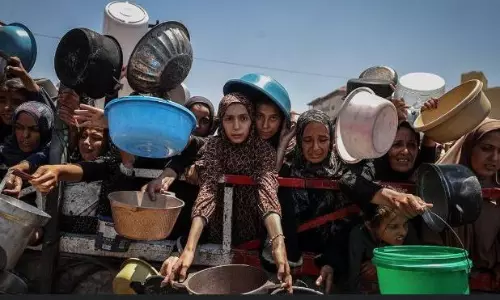
India’s ATAGS project hailed as a model of defence self-reliance and modernisation
text_fieldsThe Defence Ministry has lauded the indigenous Advanced Towed Artillery Gun System (ATAGS) as a shining example of mission-mode success, as India pushes forward in its efforts to modernise its artillery forces and boost operational preparedness.
The 155mm/52 calibre ATAGS, developed by the Defence Research and Development Organisation’s (DRDO) Armament Research and Development Establishment (ARDE) in Pune, is set to replace older and less capable artillery pieces currently in service with the Indian Army.
Designed with a maximum range of 48 km, the ATAGS promises a major leap in firepower and battlefield flexibility.
In a recent video message shared by the Ministry of Defence on X, ARDE Director A. Raju said, “We started this project in the year 2012. And, within a span of 12 years, we could complete the total process of design to manufacturing, testing and induction.” He noted that the system features advanced technologies and reflects ARDE’s critical role in advancing India’s self-reliance in defence under the Atmanirbhar Bharat initiative.
On March 26, the Ministry had signed major procurement deals with Bharat Forge Limited and Tata Advanced Systems Limited to acquire 307 units of the ATAGS along with 6x6 High Mobility Gun Towing Vehicles.
The combined value of the contracts is around ₹6,900 crore, with a delivery timeline set over five years.
In its social media post, the Defence Ministry described the ATAGS as DRDO’s flagship artillery system, stating that it is “spearheading the #IndianArmy’s artillery modernisation, an exemplary Mission Mode success.”
The ministry highlighted the project as a collaboration between the Indian Army, DRDO, and private and public sector firms - underscoring a unified approach to bolstering defence capabilities.
The ATAGS is equipped with an all-electric drive for gun laying and ammunition handling, making it low-maintenance and highly reliable across varied terrains, from mountainous regions to deserts.























